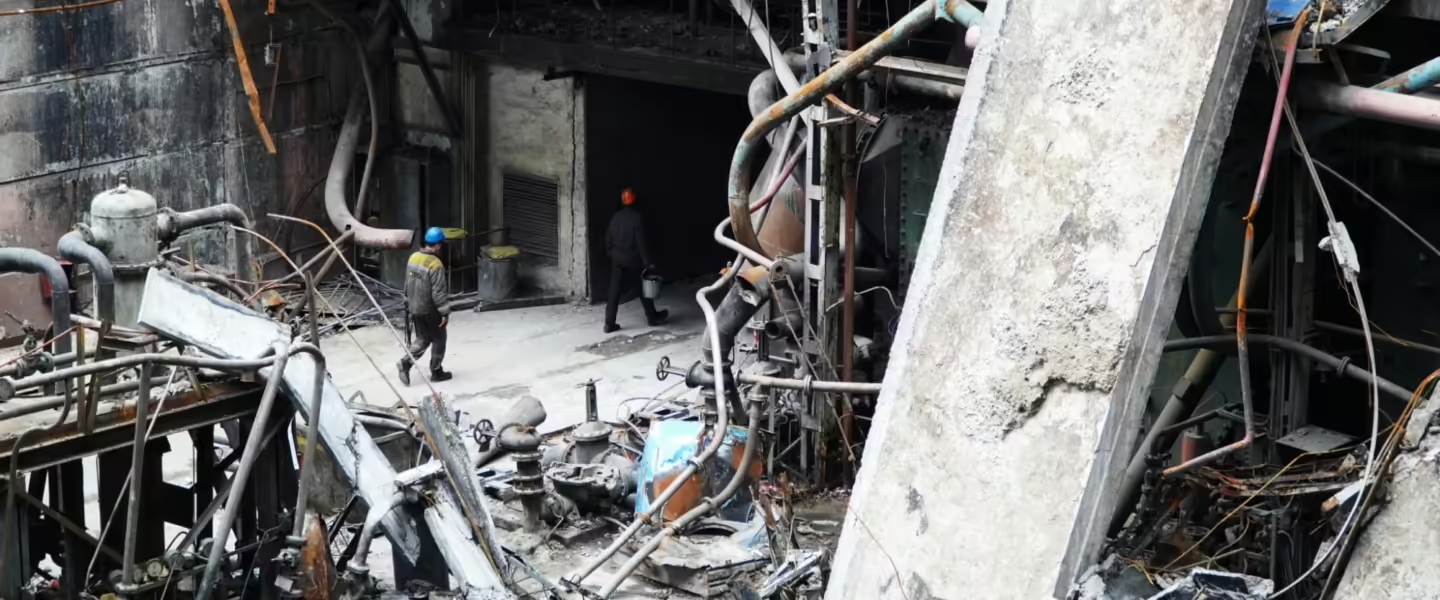Vladimir Putin Tries to Turn the Lights Off in Ukraine
Russia’s latest gambit in Ukraine consists of a coordinated series of missile attacks targeting the country’s electrical infrastructure.
|
Listen To This Story
|
KHARKIV, Ukraine — The sweat is visible on the foreheads of Ukrainian workers as they hastily shovel rubble and broken pieces of metal into the back of a truck. We are at an electricity generating station at an undisclosed location in Ukraine, and a Russian missile blasted a giant hole in the plant’s outside wall. The damage is massive.
A man working a few feet away from me uses a welding torch to cut the torn metal into smaller pieces, making them easier to handle. Besides the damage to the outer wall, two Russian missiles also blasted through the plant’s roof, damaging several turbines and effectively shutting down part of the plant, which runs on coal.
“This is bad. Very bad for the station,” Volodymyr, a senior technician at the plant, says as he shows me the damage to the control room. Shrapnel from the exploding missile damaged the room’s walls and some of the equipment but miraculously didn’t injure anyone.
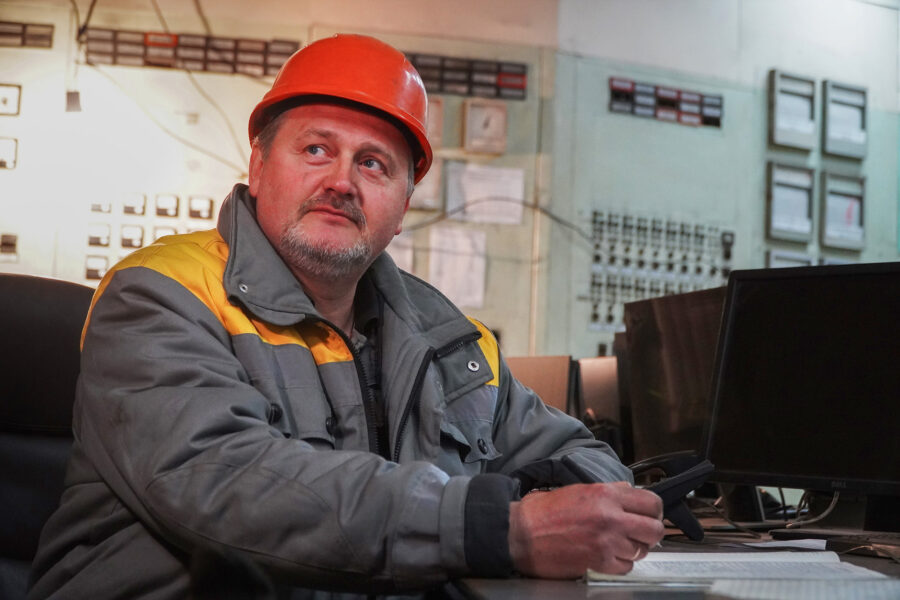
“A lot of the essential equipment is broken,” Volodymyr says. “Replacing it is going to be very expensive. Much of this needs replacement parts that Ukraine does not have.”
The power plant belongs to the Ukrainian utility company, DTEK. For security reasons, we are not allowed to give its location or describe the damage in detail, but Volodymyr explains that it is substantial. The plant’s generating capacity is not likely to go back online unless the West helps to replace the equipment that the Russians destroyed.
Outside the control room, the blast from the Russian missiles has ripped the plant’s turbines apart. The scene is an apocalypse of destroyed machinery, twisted metal and debris everywhere.
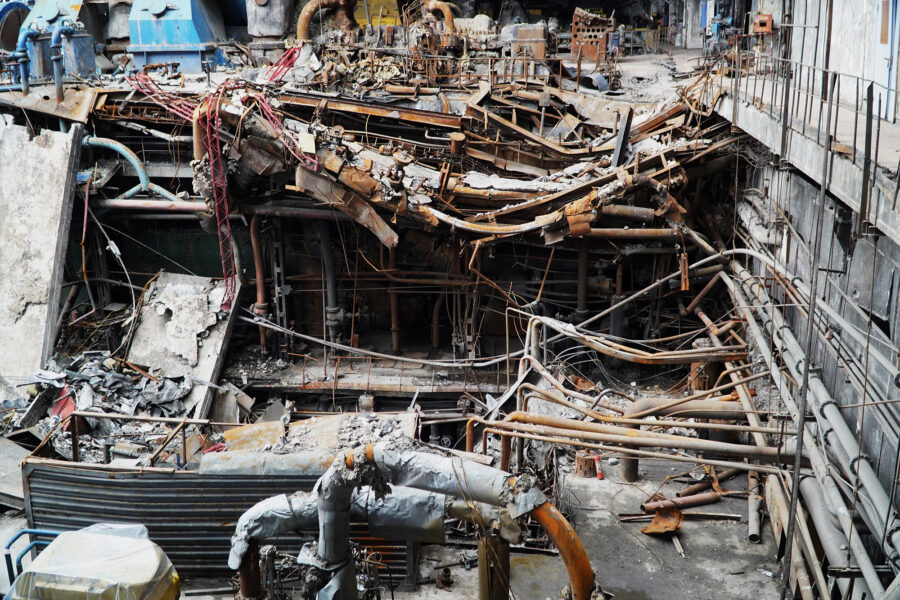
“Of course, it is frightening to work here,” says Volodymyr. “Russia might target us again at any moment. But we have to be here. We have to get this equipment working. We are just like the soldiers fighting on the frontline; we cannot just leave our post.”
“Power plants like this one need to work. If there is no power in Ukraine, nothing will work.” Volodymyr notes that the plant has been attacked before, and he doesn’t think this will be the last time the Russians try to hit it.
Half of Energy Infrastructure Is Damaged
Ukraine’s minister of foreign affairs, Dmytro Kuleba, admitted in a recent interview in Foreign Policy that almost half of Ukraine’s energy infrastructure has already been damaged. The public is already being asked to conserve power to avoid blackouts in several regions around the country. Ukraine’s second largest city, Kharkiv, has been experiencing frequent power cuts.
Despite that, Ukraine has managed to avoid a total breakdown of its power grid, but with ammunition for the country’s air defense systems running low, power plants are easy prey.
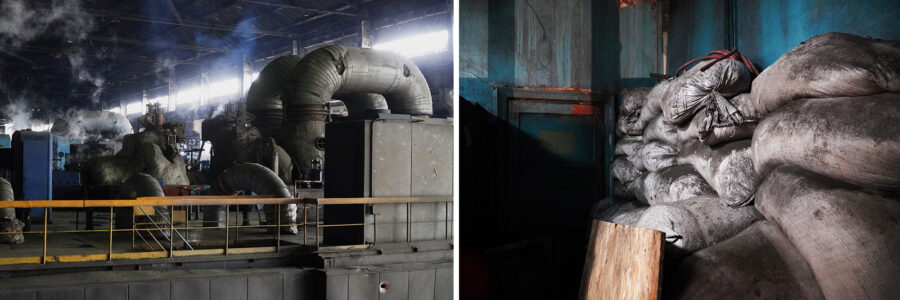
“Russian ballistic missiles are the real scourge,” says Kuleba. “They’ve been mainly used recently to destroy our energy system. If another country suffered this scale of energy destruction, it would look much, much worse than Ukraine. We hold on because we have learned a lot.”
“We need air defense systems and missile interceptors to stop Russian missiles falling — literally on the heads of Ukrainians and our energy infrastructure,” he adds.
According to the website Statista, 61 percent of Ukraine’s energy production in 2023 came from nuclear power plants. Coal and hydroelectric power provided an additional 15 and 10 percent of the country’s electricity. Russia has until now been reluctant to destroy Ukraine’s nuclear power plants, largely because the nuclear fallout from an explosion would likely spread to Russia itself.
The latest Russian campaign is not the first time Putin has tried to paralyze Ukraine’s energy infrastructure. In late 2022 and early 2023, Russian attacks created large blackouts and heating problems throughout Ukraine. The capital, Kyiv, was reduced to a few hours of electricity per day. Most buildings went without heating, and there was panic buying of blankets and candles. Portable generators, power banks, and flashlights quickly sold out.
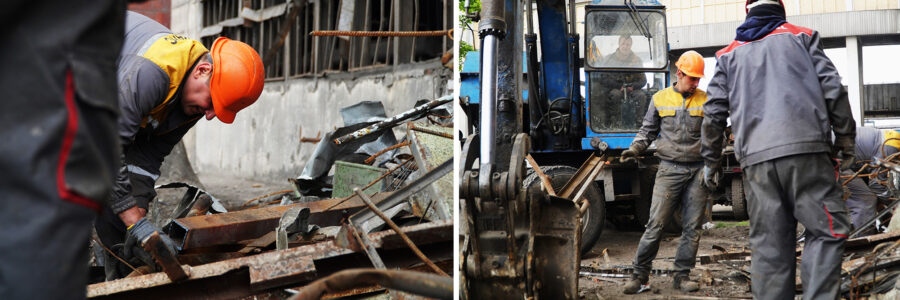
This round of Russian attacks hasn’t been nearly as effective, mostly because Ukraine upgraded its air defenses throughout 2023. That was thanks in part to large donations from Western partners. Ukraine has also become adept at transferring power from regions that were still functioning to the areas that were suffering blackouts. In response, Russia has been trying to hit transformer stations at critical junction points in an attempt to cut off electric power transmission between different Ukrainian regions.
Many of Ukraine’s power plants are old, and the electric power grid operates at a higher voltage than the electric power grid in Western Europe. As a result, a good deal of Ukrainian equipment is incompatible with the kind of electric power apparatus currently sold on the European market. When Russia invaded, Ukraine still had a decent supply of spare parts. That supply is beginning to be exhausted.
“We are doing everything possible to provide Ukrainians with electricity and build new energy facilities in the face of regular attacks on the energy system,” Maxim Timchenko, DTEK’s CEO declared in a press release. “We believe in our victory and are doing everything in our power to bring it closer.” Timchenko added that DTEK’s energy facilities nationwide have already been targeted by Russian missile attacks at least 150 times this year.
In Need of Help
The recently approved new US military aid to Ukraine, which includes RIM-7 and AIM-9M missiles and ammunition for the Patriot and NASAMS air defense systems, should improve the situation, but even that may not be enough. Ukrainian President Volodymyr Zelenskyy maintains that Ukraine needs at least “seven more Patriots or similar air defense systems.” The German chancellor Olaf Scholz has promised to deliver one, and Germany’s ambassador to Ukraine has asked other nations to do the same.

Roman, who heads one of the plant’s day shifts, notes that DTEK’s management has implemented security measures to protect the staff, but there is not much that can be done without a better system of air defense.
“We need more. We need help both in the energy sector and the military,” he says.
“My staff is ready for anything. They understand that this is our task; this is our job. We will continue to do what we can, but we need more help.”
If Ukraine fails to secure Western help, the country will experience waves of blackouts similar to those in 2022. This will be a nuisance for the civilian population, but a more serious effect will be to shut down many of Ukraine’s factories. Ukraine’s struggling economy will be paralyzed, and Ukrainian morale will be affected. That is clearly what Putin hopes to accomplish.
Since Russia’s full-scale invasion, Ukraine has increased production of its own military equipment, from artillery shells and mortar systems to armored vehicles. Vladyslav Belbas, the CEO of the Ukrainian arms producer Ukrainian Armor, told me that his company’s production increased rapidly during 2023 but it is now at risk.
The company currently produces more than 20,000 mortar grenades per month, plus mortar systems and several types of armored vehicles. “We hope to double the production of grenades this year,” he says. “We also expect to double the number of vehicles.”
“But we need electricity,” Belbas says. “We cannot continue without electricity and we don’t know what will happen if it is shut off.” Shutting down the arms factories will have a significant impact when it comes to holding fast on the front line.
Shrugging Their Shoulders
The eastern Ukrainian city of Kharkiv has 1.3 million inhabitants and is already struggling to keep the lights on. The city has implemented rolling blackouts, with outages affecting different districts at different times. Portable generators, working to keep shops open, are a common source of noise on most streets.

“We currently have power cuts here in our salon for five hours a day,” says Dasha Bobrusenko, who manages a nail salon, G-bar, in the center of Kharkiv. “Sometimes, we know in advance, but often it happens with no notice.”
Bobrusenko bought a generator when power cuts affected the city in 2022. These days it is essential to keep the business going. Some companies simply shut down during blackouts to avoid the expense of feeding the generators.
Since the full-blown Russian invasion, Bobrusenko’s client base has decreased by 80 percent. Many are leaving the city, and others have been forced to cut down on their nonessential expenses. Despite the lost business, Bobrusenko refuses to give up. She feels that she needs to keep going.
.“We have fewer customers now and expenses are higher,” Bobrusenko says, “but we think it is important that we stay open. People need normality. If everything closes down, it will be impossible to manage the stress.”
Not far away, 26-year-old Anastasia Draga walks with her two-year-old daughter Alisa. The neighborhood is full of old Soviet apartment buildings. Draga would rather take a stroll in sunny weather than sit at home with nothing to do in a dark apartment.

“To be honest, you get used to being scared,” she says. “You get used to living without power. It is inconvenient, yes, but we live.” A few moments later an air raid alarm blasts a warning that yet another Russian missile attack is on its way.
Draga checks the Telegram app on her phone. The missiles are headed for Sumy, a neighboring region. “No need to hide in the basement,” she says, casually taking a drag on her electronic cigarette.
“If there is no electricity, we cook on a gas camping stove,” she explains. “We have power banks, flashlights, and lots of books. The main problem is that without electricity, we don’t have hot water, and Alisa might need to have a bath. But we make it work.”
“If it were winter, it would be much worse,” she adds. “We could be without heating. But for now, summer is coming, so we will be alright. I would rather live here with power cuts than be forced to leave my home. We have to continue living.”
